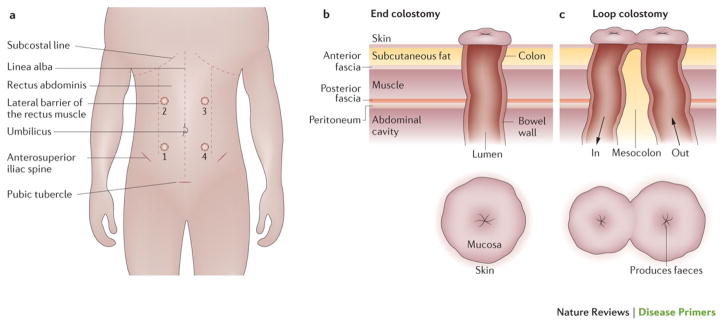Figure 6. Stoma surgery for colorectal cancer.
A colostomy is a surgical procedure in which a stoma (from the Greek for ‘mouth’ or ’opening’) is formed by drawing the healthy end of the large intestine (colon) through an incision in the anterior abdominal wall and suturing it into place. (a) For stoma positioning (sites 1–4), the subcostal line, lateral border of the rectal abdominus muscle, anterosuperior spine of the ilium, shape of the abdomen and abdominal creases (for example, when trousers and belt are worn, and while sitting) are considered. Ill-placed ostomies result in invalidating leakage and dermatitis. The position of an end ileostomy or a loop ileostomy is preferable in the right hypochondria (position 1); a loop transversostomy is preferred in the right upper quadrant (position 2) to preserve the left side upper and lower quadrants (positions 3 and 4, respectively) for a definitive end colostomy if necessary. (b) In end stoma formation, the inside of the intestinal loop with the mucosa is placed at the abdominal wall. End stomas provide only one lumen, commonly formed to stay. A well-placed ostomy is about 2–3 cm above the skin, which ensures that the faeces are not in contact with the skin. (c) In loop stoma formation, two openings are sewn into the skin: efferent and afferent. The afferent (in) limb produces the stool and the efferent (out) limb allows passage of flatus from the distal portion of the bowel.

